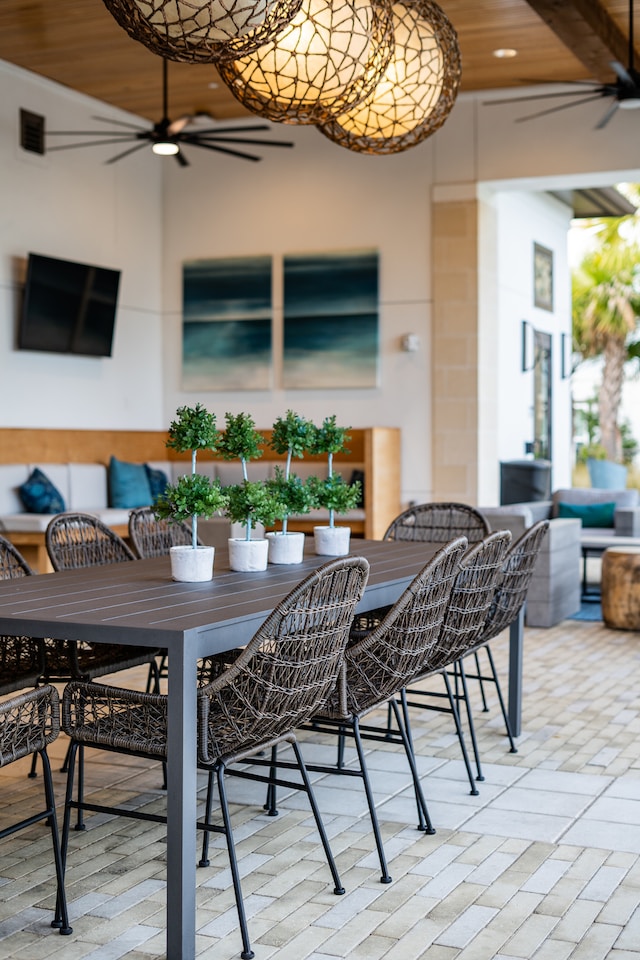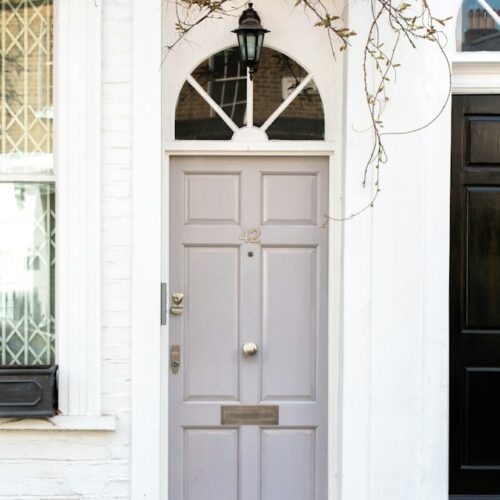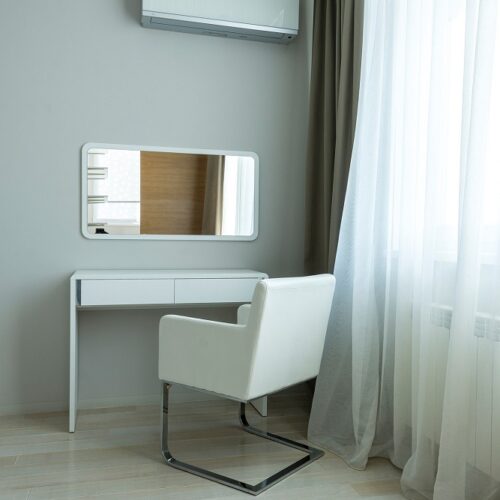
There aren’t many home electrical jobs that a homeowner can do themselves, but installing a ceiling fan is one of them, as long as you have a light fixture in the place where you want to locate the ceiling fan. This guide will help you complete the job.
Collect Your Tools
To install a ceiling fan, you will need a:
- Screwdriver
- Step ladder
- Tape measure
- Circuit tester
- Wire stripper/cutter
You’ll also need a new ceiling fan (obviously), a fan-rated junction box, and light bulbs. You might need some extra wire and a fan-rated junction box.
Shut Off the Lighting Circuit
Go to the electrical panel and turn off the circuit on which you’re installing your new fan. Test that the circuit is off by using the circuit tester in the room where you’re installing the fan.
Remove the Old Light Fixture
The old light fixture is secured to the junction box in the ceiling with screws. Remove the glass cover and the lightbulbs. You should see screws in the base of the light fixture. Remove these screws and pull the light fixture down from the ceiling. This should pull the wiring connections out of the junction box. Remove the caps and untwist the ends of the wires to disconnect them.
Change the Junction Box
If you’re removing a light fixture, you’ll probably also need to change the junction box. Junction boxes rated for light fixtures aren’t generally sturdy enough to hold the weight of ceiling fans. Remove the junction box from the ceiling. If it is attached to a joist, you will have to pry it off with a pry bar. Secure the fan-rated junction box to the joist. If there is no joist to attach it to, install a metal fan brace between the two joists on either side of the hole in your ceiling.
Install the Fan Mounting Plate and Downrod
Thread the wiring down through the junction box and then through the ceiling fan mounting plate. Secure the mounting plate to the junction box.
Connect the Fan Motor
You will need to follow the instructions that came with your Hunter Fan regarding assembly. You will need to attach the downrod to the top of your fan motor assembly and feed the wires up through it. Place the fan canopy over the downrod. If you bought a flush-mount fan, you will need to attach the fan canopy directly to the top of the fan.
Get on the step ladder and bring the fan motor close to the ceiling. There should be a hook on the mounting bracket that will allow you to hang the fan motor in place while you connect the wiring. The wiring is colour-coded, so you should match the colours coming out of the fan to the colours coming out of the ceiling. Blue or black attaches to blue or black; brown or red attaches to brown or red; and green or yellow attaches to green or yellow. Twist the bare ends of the corresponding wires together, using the wire strippers/cutters to expose more wire as needed. Secure the connections with caps.
Move the fan motor into place and secure it to the mounting bracket. Slide the fan canopy up the downrod and attach it to the mounting bracket.
Attach the Fan Blades
Attach the fan blades one at a time once you have finished installing the fan motor. Most fan blades will come with brackets that you should attach to the end of the blade that connects to the fan motor. Secure the brackets to the blades and then attach the blades to the fan motor. Use the tape measure to check that all the blades are the same distance from the floor.
Connect the Light Fixture
The final step in installing your own ceiling fan is to connect the fan’s light fixture, if it comes with one. You may need to wire it up the same way you wired the motor, or you may be able to plug the light fixture into the fan motor housing. Attach the fixture to the fan using the screws that come with your fan kit. Install the light bulbs and bulb covers.
Now you can go back to the electrical panel and restore power to the circuit. Test your new fan. If your fan is wobbly, you can use a balancing kit to balance your fan blades. Otherwise, you’re ready to enjoy a nice fresh breeze!
© Copyright 2023 Antonia, All rights Reserved. Written For: Tidylife


Leave a Reply